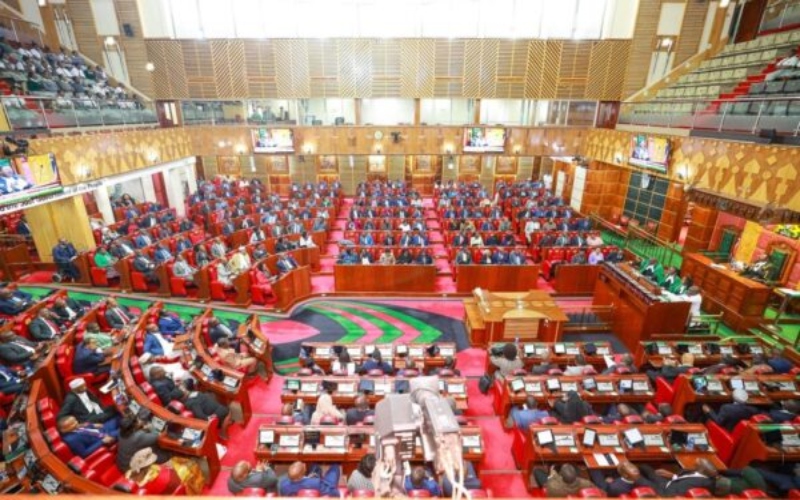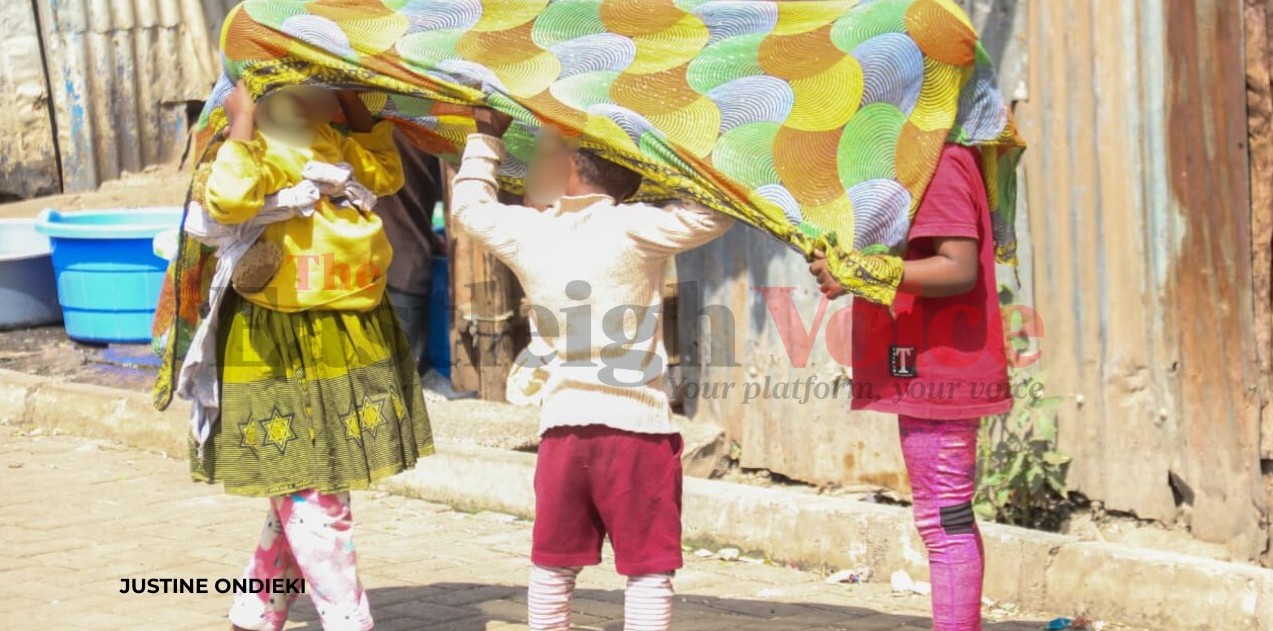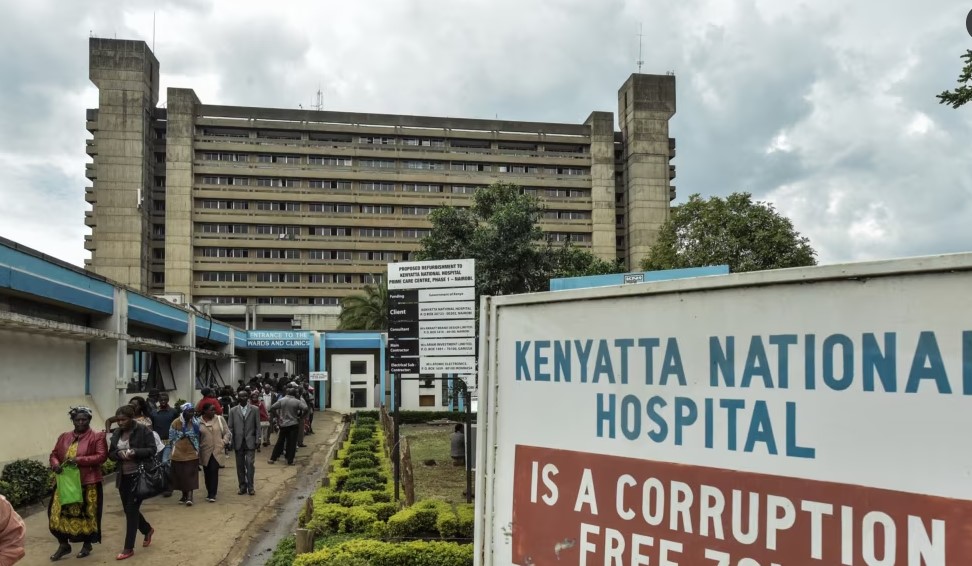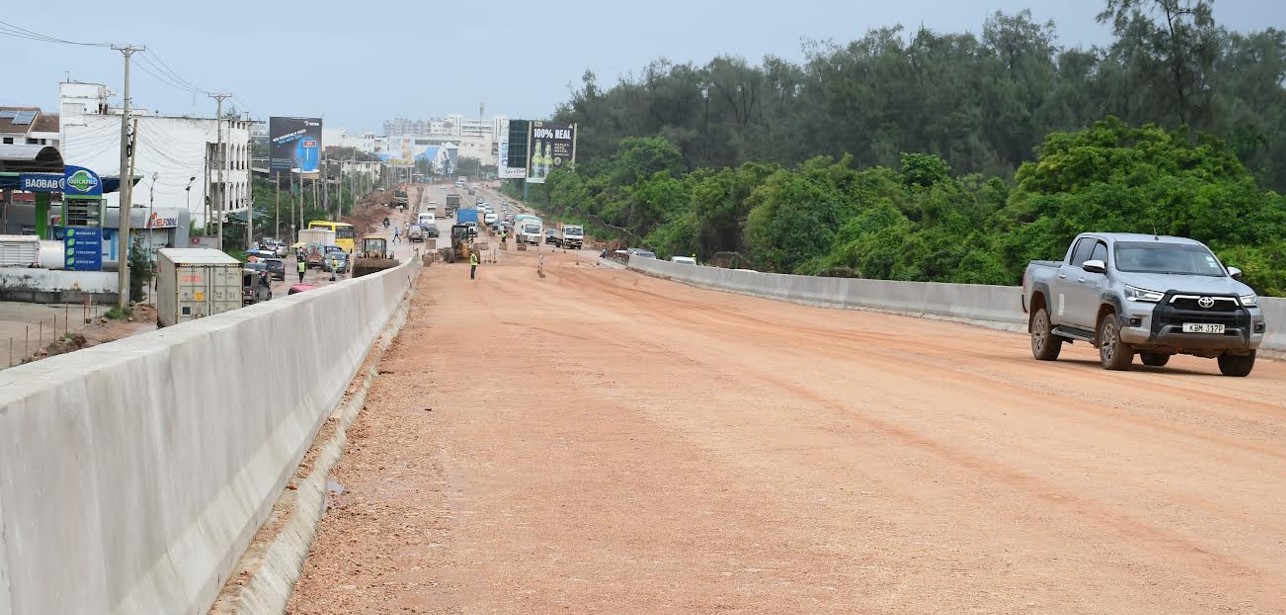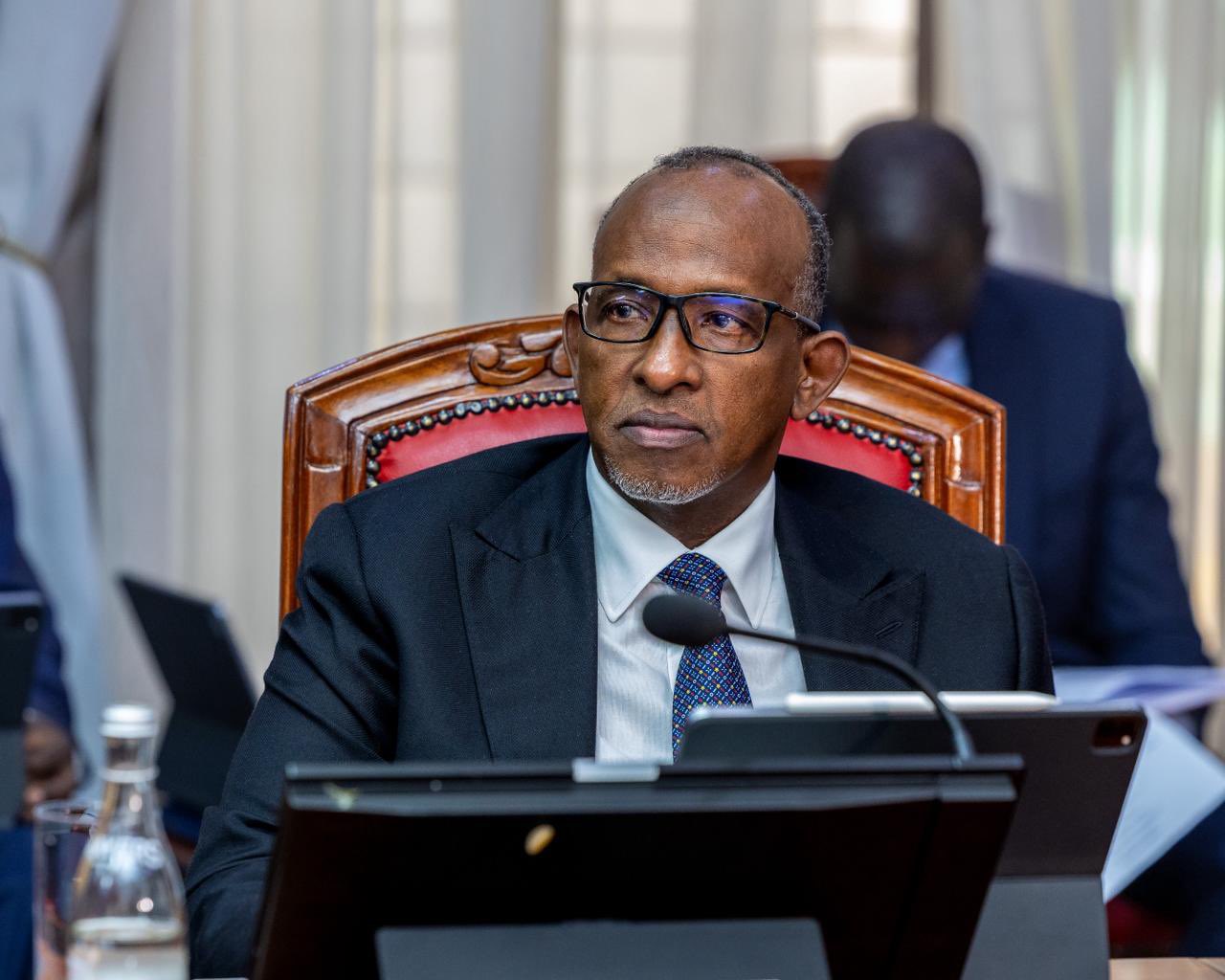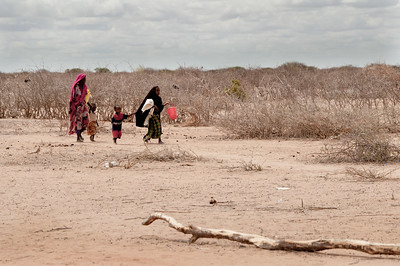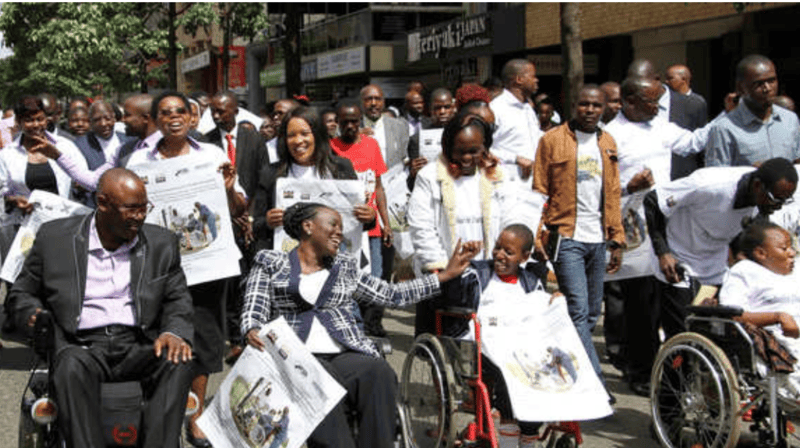Kenya’s struggling leather industry faces fresh test as show imports hit Sh1.85 billion
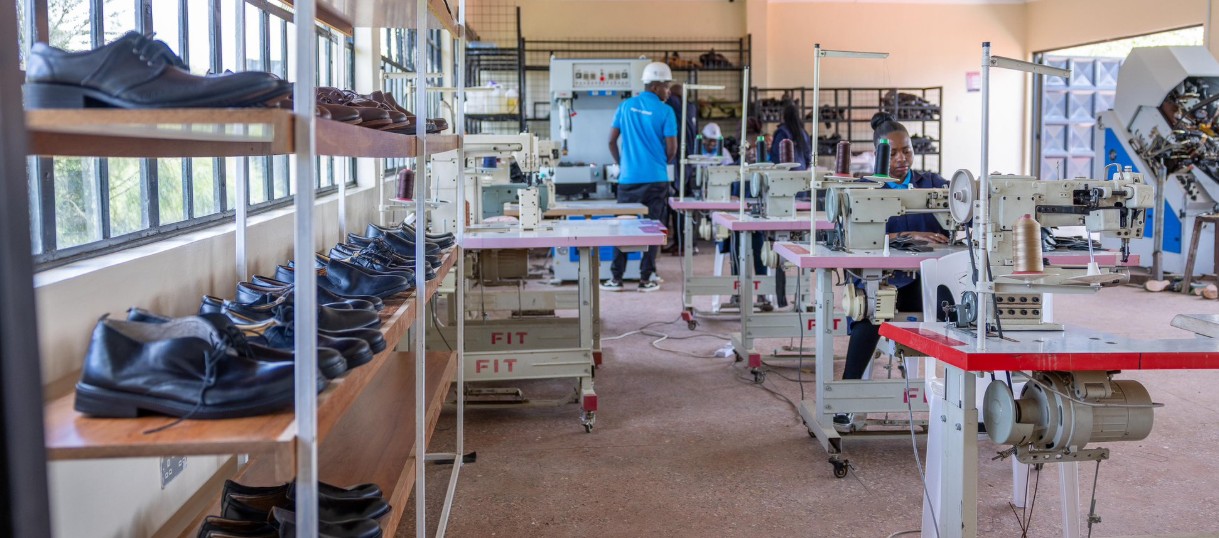
The continued rise in footwear imports is highlighting significant gaps in the government's push to revitalise Kenya’s leather industry, raising fresh doubts about the pace and effectiveness of President William Ruto’s economic agenda.
New data from the Kenya National Bureau of Statistics (KNBS) shows that Kenya imported footwear worth Sh1.85 billion in the first quarter of 2025—a 15.11 per cent increase compared to the same period last year. This follows a 19.01 per cent jump in 2024, when imports reached a record Sh8.47 billion.
More To Read
- Uwezo Fund disburses Sh2.2 million to 14 community groups in Kamukunji
- SMEs sound alarm over rising failure rates amid investment gaps
- Grade 10 textbook supply at risk as Sh11 billion debt stalls printing
- KAM CEO Tobias Alando warns instability in Tanzania threatens regional trade
- Kenya eyes 1.7 million job creation through economic transformation agenda
- KAM demands regulatory reforms to boost Kenya’s manufacturing competitiveness
The consecutive spikes suggest a growing preference for imported shoes, despite the government’s repeated promises to reduce import dependency and boost local manufacturing.
While the KNBS data does not specify the types of footwear imported, past reports by the Kenya Association of Manufacturers (KAM) indicate that the majority are shoes made with rubber soles and leather uppers.
These trends directly contradict President Ruto’s pledge to develop Kenya’s leather industry as part of his Bottom-Up Economic Transformation Agenda.
“I have made this commitment that shortly, we will not be importing shoes from anywhere. We will be wearing our own shoes, made in Kenya using our own leather,” he said on June 1, 2024.
Increase annual revenue
He stated that the government aims to increase annual revenue from the leather sector from Sh15 billion to Sh120 billion by 2027, boost footwear production to 36 million pairs per year, and expand employment in the industry to 100,000 jobs.
However, data from the Kenya National Bureau of Statistics (KNBS) shows that employment in the leather sector is declining rather than growing. In 2024, only 1,290 people were employed in the leather value chain, down from 1,303 in 2023 and 1,322 in 2022.
To address these challenges, the government has outlined several measures in the 2025 Budget Policy Statement (BPS), including a review of the Hides and Skins and Leather Trade Act to reintroduce licensing for industry players.
The government is also finalising the Kenya Leather Value Chain Development Policy and the Leather Development Authority Bill to strengthen the sector's policy and regulatory framework.
“The government is developing local capacity to handle hides and skins to provide quality raw material, tanning as well as the local manufacturing of finished leather goods such as shoes, bags, and belts,” the Treasury noted in the BPS.
Treasury Cabinet Secretary John Mbadi allocated Sh340 million in the current financial year to support the completion of the Kenya Leather Industrial Park in Kenanie, Machakos.
The park is expected to host two tanneries, two leather manufacturing plants, and provide 100 acres for additional investors by the end of the year.
“To support local producers of leather and leather products, Kenya was allowed to extend the stay of application on the CET rate, and apply an import duty rate of 35 per cent on leather products,” Mbadi said in the Budget speech.
Other Topics To Read
- Headlines
- Kenya Association of Manufacturers
- Bottom-Up Economic Transformation Agenda
- shoe imports Kenya
- Kenya Leather Value Chain Development Policy
- Leather Development Authority Bill
- Kenya Leather Industrial Park
- President William Ruto’s economic agenda
- Kenya’s struggling leather industry faces fresh test as show imports hit Sh1.85 billion
- Business
“To promote tanneries to supply local manufacturers with high-quality leather, Kenya was allowed to import chemicals for leather processing under duty remission.”
Top Stories Today
